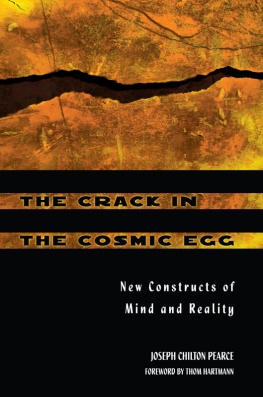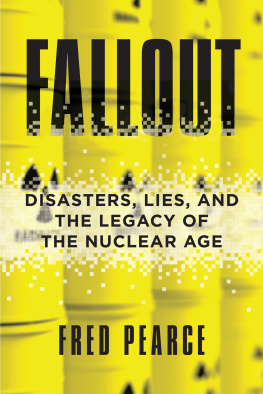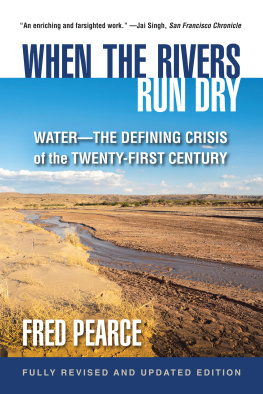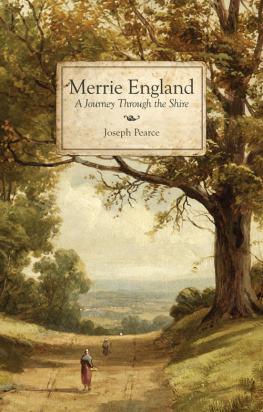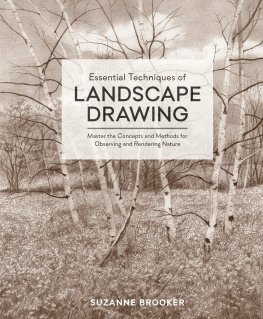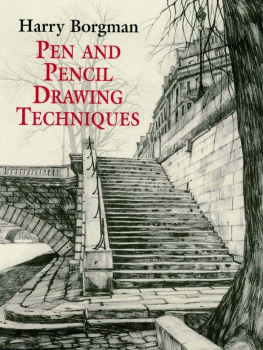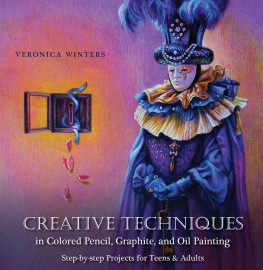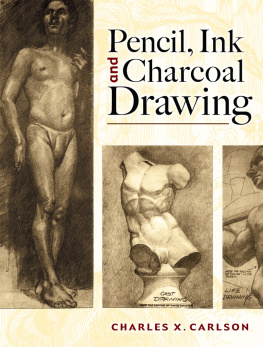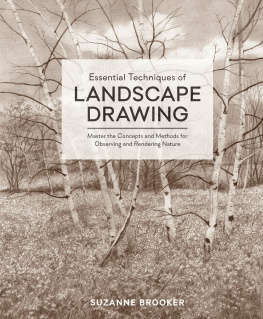Pearce - 101 Textures in Graphite & Charcoal: Practical Drawing Techniques for Rendering a Variety of Surfaces & Textures
Here you can read online Pearce - 101 Textures in Graphite & Charcoal: Practical Drawing Techniques for Rendering a Variety of Surfaces & Textures full text of the book (entire story) in english for free. Download pdf and epub, get meaning, cover and reviews about this ebook. City: Lake Forest;CA, year: 2017, publisher: Walter Foster Publishing, genre: Home and family. Description of the work, (preface) as well as reviews are available. Best literature library LitArk.com created for fans of good reading and offers a wide selection of genres:
Romance novel
Science fiction
Adventure
Detective
Science
History
Home and family
Prose
Art
Politics
Computer
Non-fiction
Religion
Business
Children
Humor
Choose a favorite category and find really read worthwhile books. Enjoy immersion in the world of imagination, feel the emotions of the characters or learn something new for yourself, make an fascinating discovery.

- Book:101 Textures in Graphite & Charcoal: Practical Drawing Techniques for Rendering a Variety of Surfaces & Textures
- Author:
- Publisher:Walter Foster Publishing
- Genre:
- Year:2017
- City:Lake Forest;CA
- Rating:5 / 5
- Favourites:Add to favourites
- Your mark:
101 Textures in Graphite & Charcoal: Practical Drawing Techniques for Rendering a Variety of Surfaces & Textures: summary, description and annotation
We offer to read an annotation, description, summary or preface (depends on what the author of the book "101 Textures in Graphite & Charcoal: Practical Drawing Techniques for Rendering a Variety of Surfaces & Textures" wrote himself). If you haven't found the necessary information about the book — write in the comments, we will try to find it.
Accurately rendering surfaces and textures is one of the most challenging aspects of working with graphite pencil and charcoal.101 Textures in Graphite & Charcoalprovides artists with step-by-step instructions for learning how to draw a wide variety of the most common textures and surfaces, including sand, water, metals, foliage, wood, fabrics, stone, grass, hair, and many more. Opening with a general introduction to basic drawing tools, materials, and drawing techniques, each page in this comprehensive resource features two to three easy-to-follow steps demonstrating how to create each specific texture. Readers will discover tips and techniques for working in both graphite and charcoal and how to manage their differences when hatching, stippling, scumbling, blending, and more. With its breadth of coverage, easy-to-follow instruction, and helpful tips,101 Textures in Graphite & Charcoalis a must-have resource for artists of all skill levels.
Pearce: author's other books
Who wrote 101 Textures in Graphite & Charcoal: Practical Drawing Techniques for Rendering a Variety of Surfaces & Textures? Find out the surname, the name of the author of the book and a list of all author's works by series.

